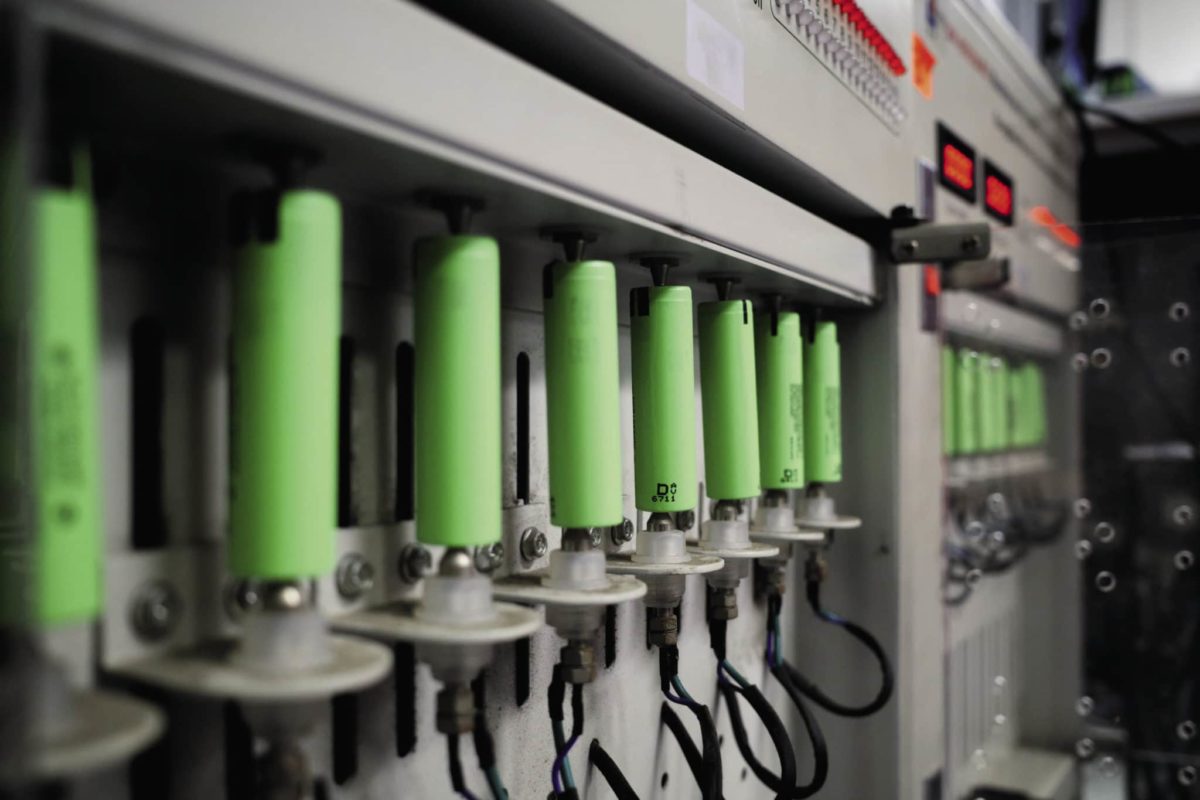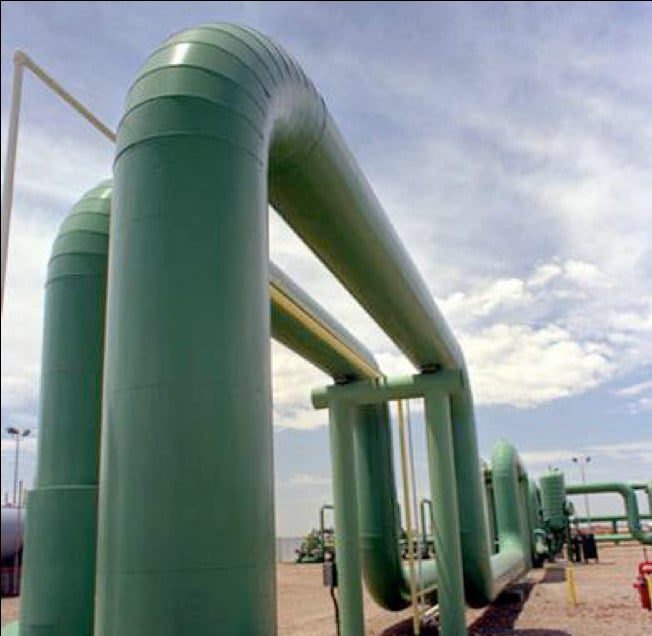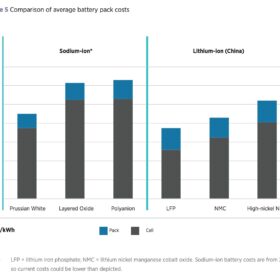From pv magazine 04/2021
DNV’s “Battery Performance Scorecard” helps investors, lenders, and developers inform their energy storage system (ESS) purchasing strategies. It also creates a roadmap for managing and operating specific battery technologies, assessing warranties, estimating replacement costs, and anticipating safety needs.
Much of a project’s success depends heavily on battery performance. As such, a strong focus is placed on the cell and system-level warranties and performance guarantees.
But a manufacturer’s warranty may be designed to cover a broad spectrum of conditions. As such, a battery that performs well in one case can be inappropriate in another. Battery testing helps investors and operators understand an energy storage system’s (ESS) limits in a particular application, allowing for optimal planning and operation. This certainty reduces risk, which increases the project’s value.
The Battery Performance Scorecard, now in its third edition – published in December 2020 – provides results from rigorous, independent testing at DNV’s Best Test and Commercialization Center (BTCC) in Rochester, New York. DNV has logged over 5 million channel-hours in performance and safety testing. The scorecard gives unbiased and transparent information and analysis, so buyers aren’t relying solely on supplier assurances.
Degradation factors
DNV tests four categories of abuse: average state-of-charge (SOC), SOC swing, cell charge and discharge rate (C-rate), and temperature. Those variables govern a battery’s degradation behavior and provide information about replacement intervals, and therefore replacement costs, in a project’s financial model.
DNV also evaluates battery performance in terms of cumulative throughput, which is a battery’s total cumulative discharged amp-hours over its lifetime of operation. DNV prefers “throughput” over “cycles,” particularly as batteries often operate in partial cycles, across different SOC ranges, and at varying current or power levels.
DNV also measures turnovers, which is a battery’s throughput divided by its original capacity. Turnovers are like cycles when the battery is new, but as the throughput increases and a battery degrades, the number of turnovers becomes smaller than the number of cycles. At the system level, a turnover equates to an equivalent full cycle of an ESS as described in many storage off-take contracts.
On average, commercial batteries can attain 1,800 turnovers before degrading to 90% of their original capacity.
Generally, operating a battery at a lower C-rate increases longevity. A higher C-rates implies higher current through the battery. A major factor contributing to degradation at high C-rates is self-heating of the battery cells driven by these higher currents.
The state of charge and SOC swing affect batteries in several ways. Optimum SOC conditions vary between battery chemistries and manufacturers. It is difficult to isolate intermediate regions with precision, but DNV’s tests can generally identify the most degrading SOC range within 12.5-25% of the full range. The presence of this SOC “sour spot” can create operational challenges for a battery, though one can manage them with a battery management system and dispatch control parameters.
And in terms of temperature, most batteries perform best at or near 25 C, around room temperature. Some perform well at higher temperatures, some at lower. Liquid thermal management, which can provide more consistent temperature management, can mitigate some of the risk around performance at different temperatures.
Battery safety
With the release of the 2020 NFPA 855 standard, providing the minimum project requirements for mitigating the fire hazards associated with ESS, the industry now faces a new era of storage safety guidelines and requirements. Burn testing data referenced in this standard, along with the mechanisms of thermal runaway, and the propensity to cascade to other modules, is now assessed through the UL9540A standard.
ESS designs continue to evolve, and it is difficult to create uniform definitions for different cell, module, and rack configurations. For instance, a “unit” varies largely by manufacturer, and the industry still uses a broad array of cell form factors, including cylindrical, pouch, and prismatic cells.
An increasing number of storage manufacturers have new system designs that remove the hazard of human entry into the system itself. Such cabinet-style systems, with controls and access on the outside of the unit, will shift the industry away from intermodal shipping containers, allowing for easier integration of liquid cooling and risk-management features. Furthermore, most new systems include ventilation in the event of a flammable gas release.
With these variations in design, it is difficult to aggregate test data to benchmark the propensity for a given manufacturer’s design to cascade. NFPA 855 offers no prescriptions regarding thermal runaway risk – the extinguishing, ventilation, and spacing requirements in NFPA 855 remain, and rely on the interpretation of UL9540A test results. As battery use and the number of applications grows, this calls for further input from the industry.
DNV has built new safety testing capabilities at BTCC. At the cell level, testing for thermal runaway determines gas release rates and characterizes the composition of off-gas (that is, by-product gases). At the module level, tests determine propagation behavior within battery modules and the thermal energy released when batteries go into thermal runaway. These findings help industry meet the UL9540A standard, assess thermal runaway risks, design battery safety and fire-protection systems, and develop emergency response plans.
Michael Kleinberg, DNV
This content is protected by copyright and may not be reused. If you want to cooperate with us and would like to reuse some of our content, please contact: editors@pv-magazine.com.








As one can see the “life/performance” of a Battery is very finicky as it is very much dependent on the Operators and Mantainers who “preserve” its life/performance on competency and experience…. and then there is always the temperature… besides charging and discharging….
For the Financial Risk Evaluators …. it wouuld be like evaluating the performance/value of currency in the future… as it faces the ups and downs of economic conditions, inflation, politics….. but fortunately without the outright human interference, manipulation and sabotage in currency markets….